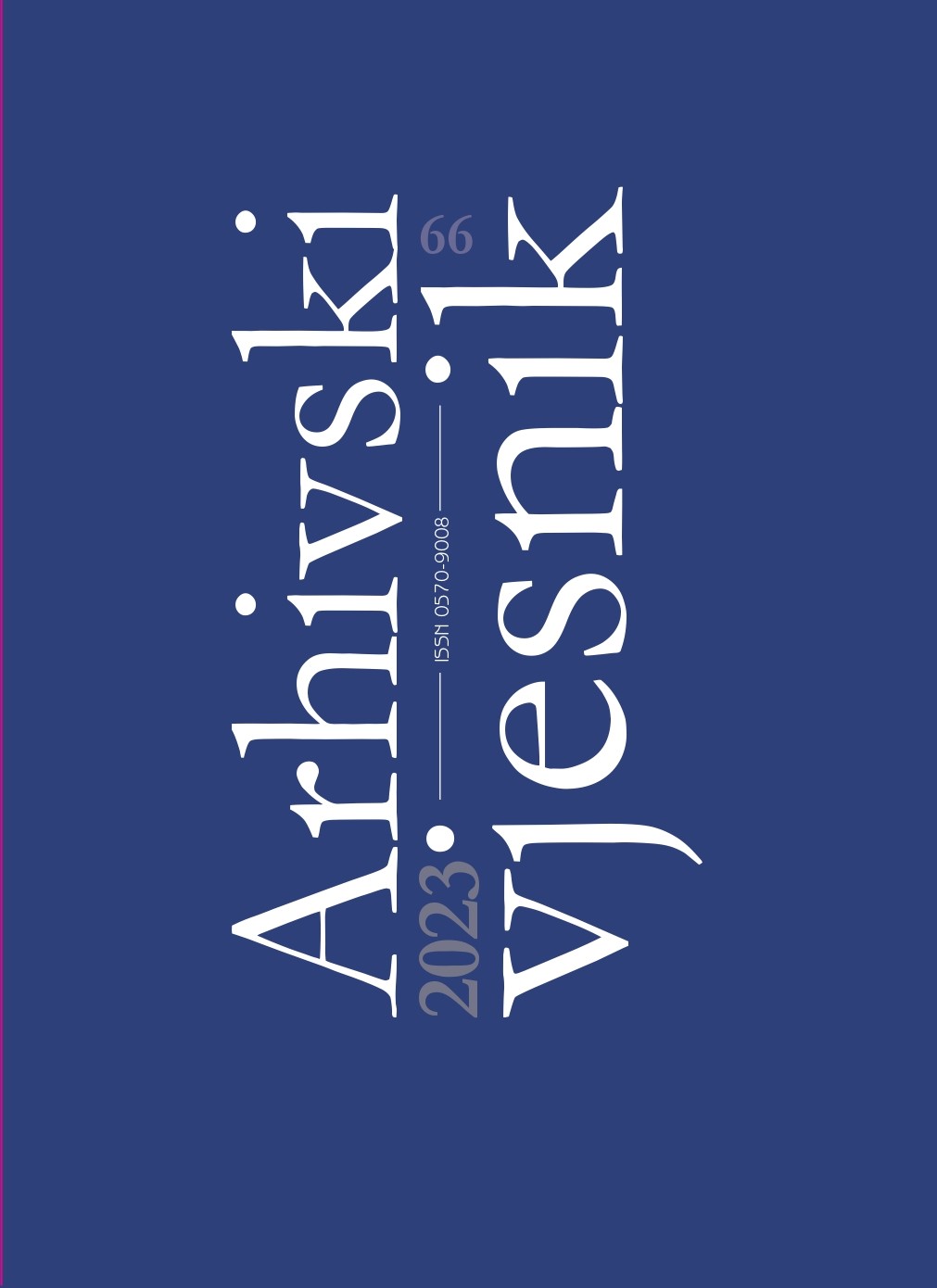Archives and Users: a Case Study of the Special Collection of Ethnographic Materials of the Institute of Ethnology and Folklore Research in Zagreb
DOI:
https://doi.org/10.36506/av.66.2Keywords:
special collections, research archives, users, digitization, social networks, community archivesAbstract
In addition to central institutions such as state archives, many other types of archives that are covered by archival legislation have recently been increasingly promoted and developed, such as private archives and special collections of individual institutions, community archives, etc. However, the fact is that due to various obstacles many such places are not officially registered in the mentioned categories, even though they correspond to them in terms of character and activity. Such archives, whether they are registered or only operate nominally in one of the legislative frameworks, often differ from state archives in the priorities according to which they define their methodology. For example, many adapt the methodology of describing archival records and working with users in accordance with the logic and dynamics of the environment in which they exist. In addition, in such places, the roles of the creator and owner of the material are mostly intertwined.
Historically speaking, special collection departments were more focused on internal users, often also the creators of the materials, than on external users – individuals, groups, institutions or associations. However, in the last few decades, the number of external users of private and special, especially research archives, has been increasing, which is why it was necessary to re-examine the dynamics of the archival staff’s relationship with all types of users and propose certain improvements.
In the context of contemporary digital technologies and social networks, special librarians and archivists in special collections get to know users more and more thoroughly and readily respond to their specific requests. Furthermore, they also try to gather potentially interested individuals and groups, thus creating new communities of users. In any case, the appreciation of the implicit knowledge of users is valuable as a pledge in the process of ending the binary opposition of business and research value of archives. This is most visible in the example of community archives, which rely very directly on small stories.
The analysis of the work of the Special Collection of Ethnographic Materials of the Institute of Ethnology and Folklore Research in Zagreb, Croatia, served here as an example of those services that function as informal special research archives and were created for their needs by the parent institutions. It was at the same time an example of a special collection that takes over evaluation criteria from other specific forms of archives, such as community archives, precisely recognizing the aforementioned qualities as a bridge to a more inclusive archival activity.
The relationship between employees and users was examined through the lens of different methodologies, projects and cooperation in approaching archival records. Special emphasis was placed on the contemporary models of community involvement. Based on the review of the record lists of external users over a period of 60 years and the management of social networks, it was shown to what extent the characteristic approach to archival records and users, more precisely, their presentation and dissemination, affects the specificity of the formal and legal status of the Institute’s Special Collection. The paper also concludes that social networks are not only important for promotion, dissemination and networking, but that due to the already mentioned inclusion they represent a completely new environment. Certain individuals within this environment transform from passive followers into a new, modern type of users of institutions within the GLAM (Galleries, Libraries, Archives and Museums) community.


